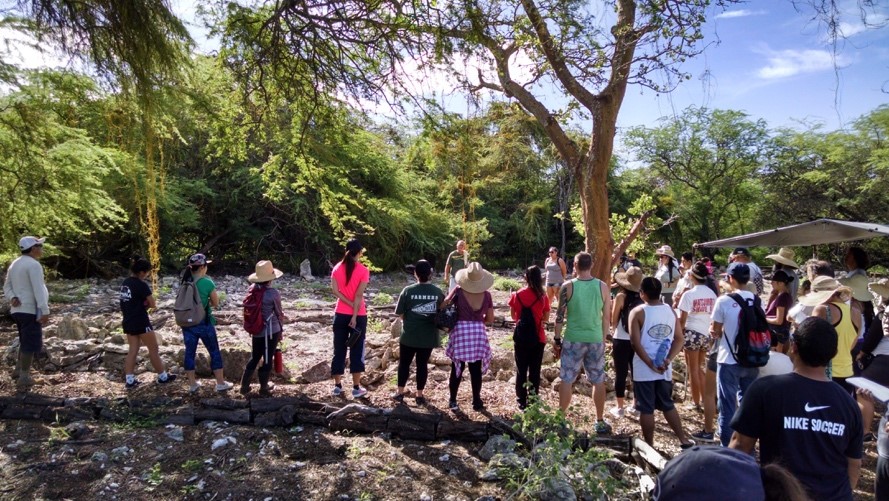In March, 2018, HHF staff took a field trip to Kalaeloa Heritage Park and was treated to an interpretive tour of this special heritage site with a cultural, military and plantation past. Our hosts, Uncle Shad Kane and Kawika Shook, shared the history of the area, their vision for the future and the steps community is taking to bring this vision to life. We were so moved, we asked Kawika to elaborate so we could share it more broadly.
(All photos courtesy of the Kalaeloa Heritage & Legacy Foundation.)
Why Kalaeloa Heritage Park Matters and a Vision for Its Future
Historic Hawaii Foundation: Please describe the goals of the Kalaeloa Heritage Park restoration project.
Kawika Shook on behalf of the Kalaeloa Heritage Center: The primary goal of the Kalaeloa Heritage Park (KHP) is to preserve the historic sites, structures, preserve the cultural landscape of Kalaeloa, and to share this special place through engaging our communities and visitors from around the world. The KHP is meant to serve as an educational and cultural resource in Ewa and Kapolei. One of the long-term goals is to establish and foster partnerships with schools and educational institutions in the community. It’s a place for stewardship and networking as well as an ideal venue for place-based and culture-based education.
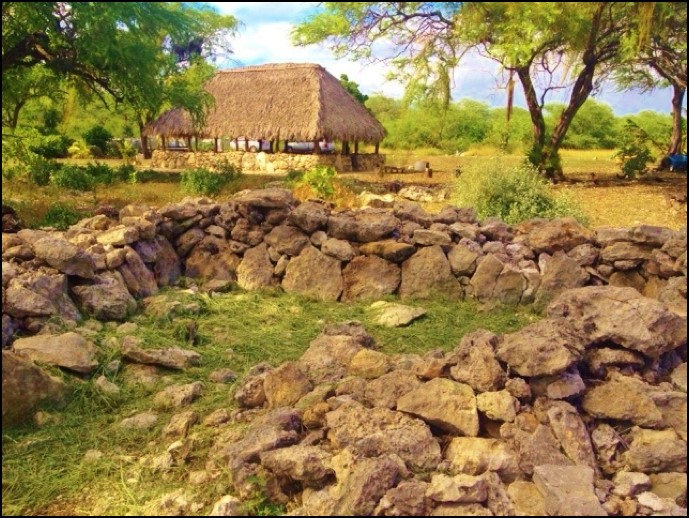
Kalaeloa Heritage Park
HHF: Who is involved in the project?

Shad Kane, left & Dwight Victor, right, accepting the 2017 Cultural Stewardship Award from the Society of Hawaiian Archaeology
KS: The project is led by current board President Dwight Victor, the Kalaeloa Heritage & Legacy Foundation (KHLF) board members and stewarded by community volunteers and organizations. Every last Saturday of the month, the KHLF hosts community work days at the KHP. Schools, local institutions, and other community organizations participate in the project. Board member and Facilities Manager, Shad Kane, has been involved with the project since the beginning. He is our Alakaʻi and facilitates a great deal of the site tours and park operations. Prior to the establishment of the KHLF, Shad Kane and other members of the ʻAhahui Siwila Hawaii o Kapolei and residents of Honouliuli worked with the military to preserve the historic and cultural sites in Kalaeloa.
Our partnership with the University of Hawaii West Oahu and Leeward Community College Botany department has spearheaded a great deal of the native flora restoration within the project site. Students assist the KHLF with the propagation and out planting of native flora that would have been prevalent in the landscape. The restoration work gives visitors an authentic backdrop of the native vegetation that would have been found in the Ewa plains. I believe the restoration project will encourage habitation for native birds in the area like the pueo (native owl).
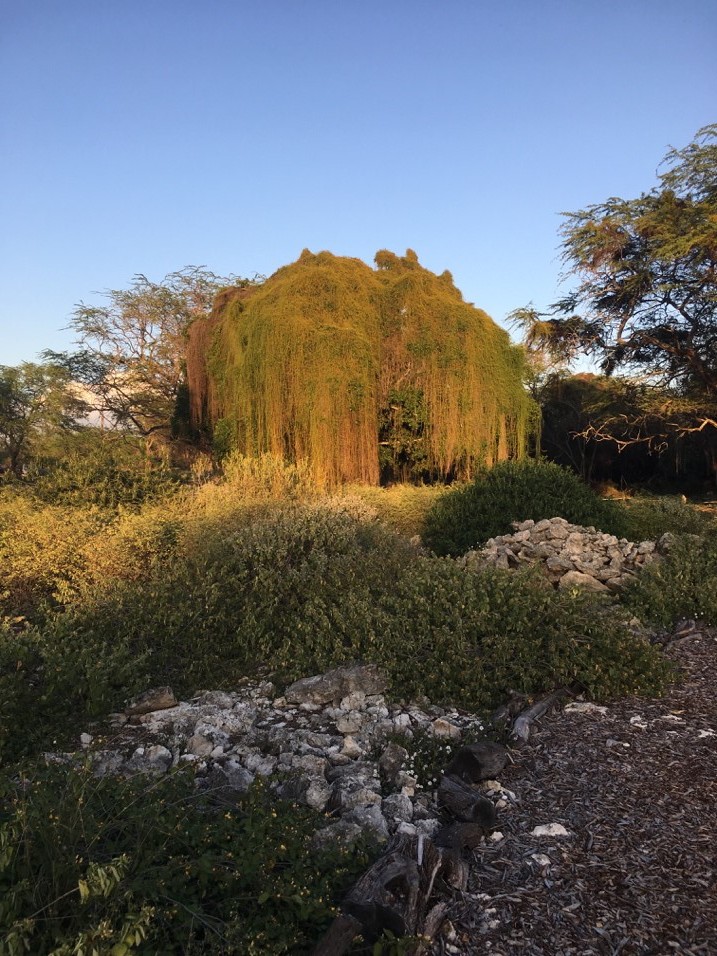
Native flora planting in Site 1753.
HHF: Where are you now in the process?
KS: Currently all restoration efforts are taking place in a section of the 77-acre parcel we commonly refer to as Site 1753. Site 1753 is approximately 4-acres of cleared kiawe forest that encompasses 54 cultural features and 11 significant cultural structures. The objective is to continue to maintain the site while also expanding and opening up additional trails to other sites within the park.
Per the conceptual plan of the park, the KHLF is also preparing to construct a visitor center in the near future. The visitor center will provide multiple purposes for the park but would serve primarily as a headquarters and venue to host visitors to the KHP. To help offset some of the non-profit’s expenses the KHLF has established an annual luau fundraiser with one tentatively schedule for this summer. I would encourage anyone who has desire to visit the KHP to attend. It will be a great opportunity to participate in an interpretive site tour of the park and support our restoration efforts.
HHF: What’s special about Kalaeloa Heritage Park and why does preserving it matter?
KS: For me, preserving the KHP is important – it’s my heritage, it is who I am as a Hawaiian. The preservation of the park is to ensure that future generations will be able to connect with their ancestors. Being grounded and having a strong sense of identity in the world today is paramount – especially for our youth. It is not enough to read about your culture through a book, you need to see it, feel it, malama it. To me the spiritual element was so foundational in Hawaiian thinking and learning. The KHP is a living and educational venue – that is worth preserving!
One of the prominent features in the park is the Kūalakaʻi trail that historically connected the people of Kapolei with Makakilo and Pearl Harbor. The moʻolelo of the name Kūalakaʻi is interpreted by some to suggest that the name is a corruption of the true name of the area, Ka ulu o Kahaʻi – the ulu tree of Kahaʻi in reference to a Tahitian chief who was commissioned to retrieve an ulu tree from Tahiti and plant it in Ewa. In this moʻolelo, Kahaʻi tells his wife that if his descendants want to know who he was that they should seek the ulu tree he plants. The ulu tree symbolizes re-birth or a new beginning. I realize that we are all seeking the ulu tree of Kahaʻi in some way, shape or form. There is a strong desire of every person, Hawaiian or non-Hawaiian, to know who they are, where they come from, and how that connects them with the rest of their world.
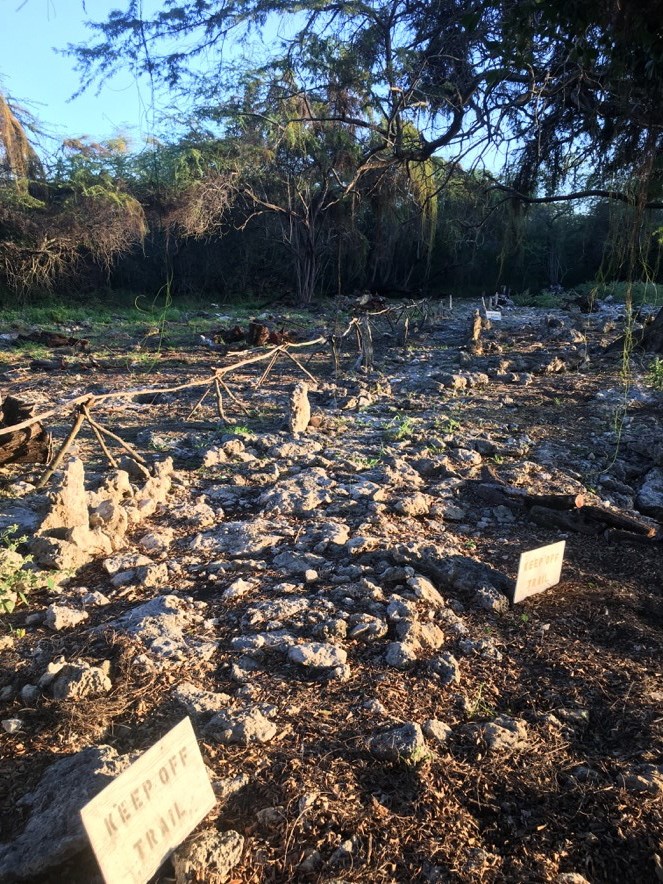
Kūalakaʻi Trail
HHF: What are some of the challenges to moving forward with the oject?
KS: One of our challenges is dealing with the kiawe trees. Their shallow root systems grow outward on the surface uprooting the karst and disturbing the historic landscape. Large kiawe trees are removed strategically to cause the least disturbance to sites and structures.
There are no paid staff positions at the KHP as well. Therefore, all restoration efforts are completely volunteer driven. We depend a great deal on our community volunteers and committed residents who give of their time. A lot of the routine work deals with native planting, invasive flora removal, landscaping, weeding in the interpretive area, hauling tree cuttings and other green waste and mulching.
HHF: What will it take to overcome them?
KS: Large volunteer groups and community work days have become pivotal to the restoration and preservation of the KHP. Community stewardship of the park is something that the KHLF with continue to foster and facilitate. Community partnerships and collaboration have also become pivotal in our restoration efforts – that is something that we want to continue to foster as well.
HHF: What’s your community’s vision for the future of this unique heritage site?
KS: I believe the communities’ vision of the KHP is to serve as that educational and cultural resource in Ewa and Kapolei. It’s unique cultural, military, and plantation past connects our community and those who call Ewa and Kapolei home today.
HHF: What advice do you have for other communities working to preserve a historic place?
KS: Historic preservation is servant leadership work. My advice is to do it with aloha because that’s where it starts. Aloha for the place, your community, and the future generations who will benefit from your efforts. That’s what it’s all about – serving and being a part of something bigger then yourself. If you are drawn to the work or have a special connection to that place in your community that is being preserved don’t suppress it. It may be a calling of kuleana or it may be an opportunity for personal growth. Either way you come out better on the other end. Communities working together towards a common and righteous goal is what we need more of in our world today.
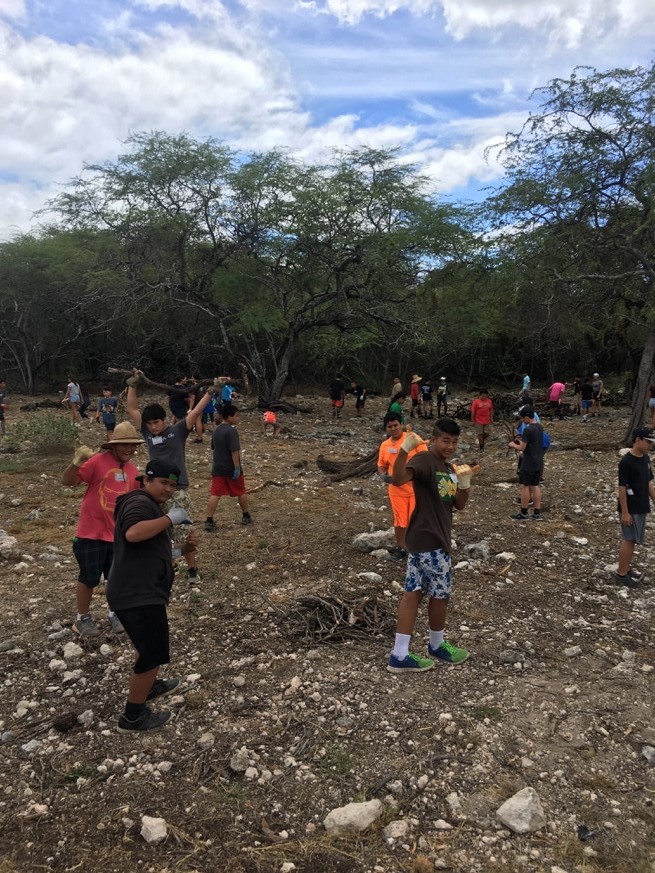
Monthly community work days.
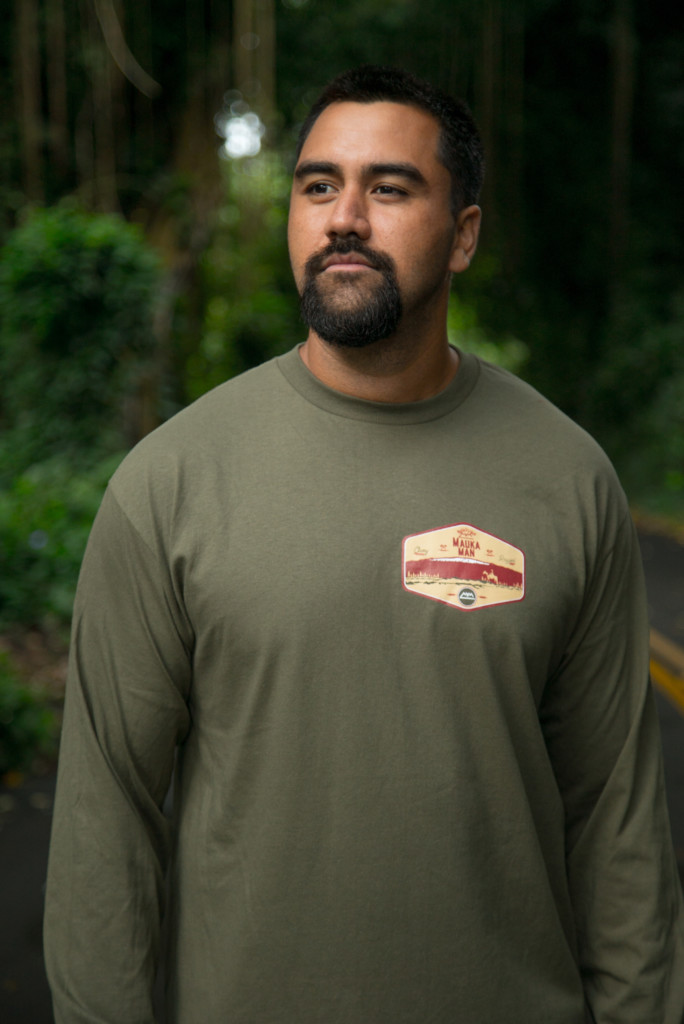
Kawika Shook graduated from Kamehameha Schools Kapālama in 2006. After high school, he had the opportunity to attend New Mexico State University from 2006-2011 on an NCAA Division I Football scholarship. Kawika’s passion for cultural preservation, education and land conservation drew him back home to Oʻahu after college. He later received his Masters in Public Administration from the University of Hawaii at Mānoa and Certificate in Non-profit Management from the College of Social Sciences in 2017. A resident of Kapolei for over 25 years, Kawika is also a volunteer and Board member for the Kalaeloa Heritage & Legacy Foundation. Kawika is currently the Camp Director at Camp Pālehua.


